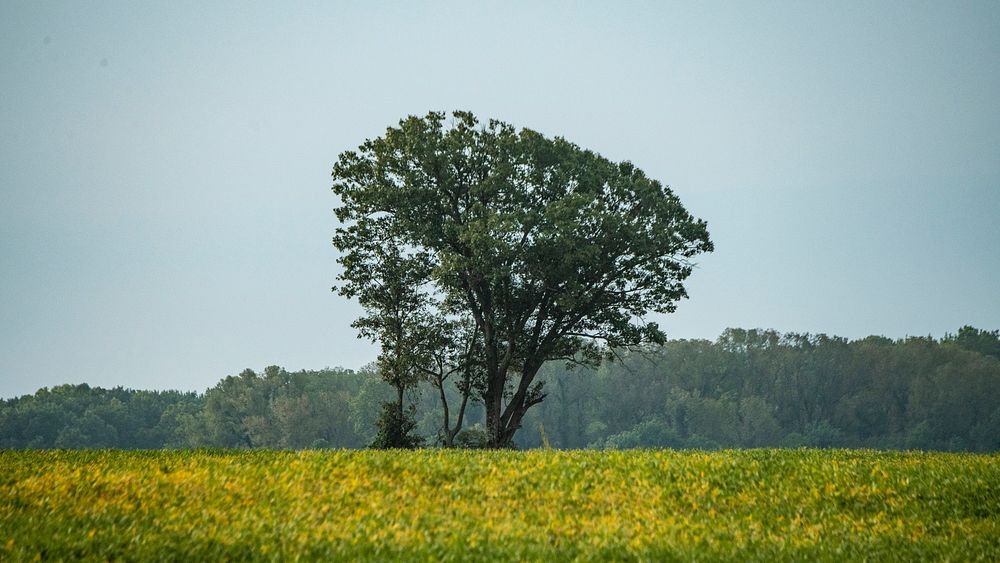
Charlie Roberts, owner of Roberts Farms focuses on utilizing conservation practices developed with the U.S. Department of Agriculture (USDA) Farm Production and Conservation (FPAC) Natural Resources Conservation Service (NRCS) to utilizes cover crops to prevent sheet, rill, and ephemeral gullies; and implementing soil health principals that improve soil health of his land, in Lauderdale County, TN, on Sept 20, 2019.
Cover Crop (Practice Code 340)
Cover crop is growing a crop of grass, small grain, or legumes primarily for seasonal protection and soil improvement. This practice is used to control erosion, add fertility and organic material to the soil, improve soil tilth, increase infiltration and aeration of the soil, and improve overall soil health. The practice is also used to increase populations of bees for pollination purposes. Cover and green manure crops have beneficial effects on water quantity and quality. Cover crops have a filtering effect on movement of sediment, pathogens, and dissolved and sediment-attached pollutants.
Soil Health Principles
Charlie Roberts is utilizing the four basic soil health principles to improve soil health and sustainability on his farm:
1. Use plant diversity to increase diversity in the soil.
2. Manage soils more by disturbing them less.
3. Keep plants growing throughout the year to feed the soil.
4. Keep the soil covered as much as possible.
NRCS has a proud history of supporting America’s farmers, ranchers, and forest landowners. For more than 80 years, we have helped people make investments in their operations and local communities to keep working lands working, boost rural economies, increase the competitiveness of American agriculture, and improve the quality of our air, water, soil, and habitat. As the USDA’s primary private lands conservation agency, we generate, manage, and share the data, technology, and standards that enable partners and policymakers to make decisions informed by objective, reliable science. And through one-on-one, personalized advice, we work voluntarily with producers and communities to find the best solutions to meet their unique conservation and business goals. By doing so, we help ensure the health of our natural resources and the long-term sustainability of American agriculture.
Farm Production and Conservation (FPAC) is the Department’s focal point for the nation’s farmers and ranchers and other stewards of private agricultural lands and non-industrial private forest lands. FPAC agencies implement programs designed to mitigate the significant risks of farming through crop insurance services, conservation programs, and technical assistance, and commodity, lending, and disaster programs.
The agencies and services supporting FPAC are Farm Service Agency (FSA), NRCS, and Risk Management Agency (RMA).
For more information please see usda.gov
The companion video can be seen at
youtu.be/NLoEkcbsJLo
USDA Photo by Lance Cheung.
. Original public domain image from Flickr